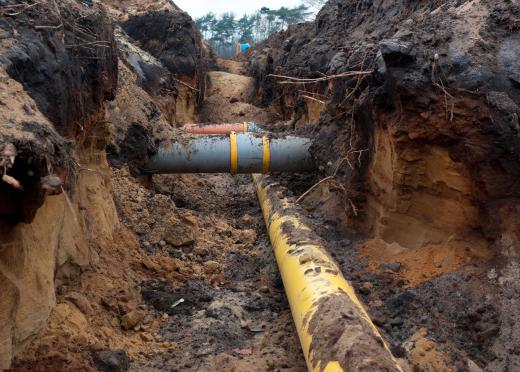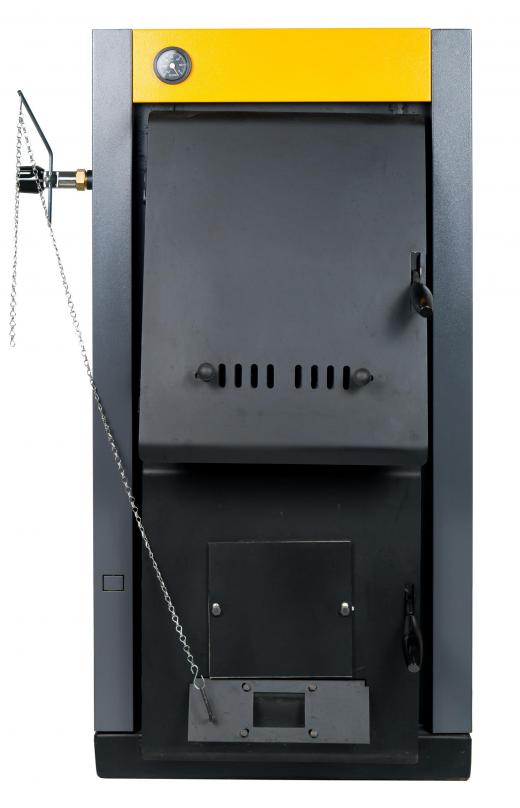An air inlet is a useful element in many different applications, especially those incorporating engines. Essentially, an air inlet allows for fresh air to enter a given area or location. This becomes vitally important in machinery that requires fresh air.
Most home and industrial furnaces, as well as air conditioning systems, utilize air inlets, as they need fresh air intake to be able to provide service. Even newer indoor plumbing schematics include the use of air intakes to ensure the plumbing system does not become air locked or to prevent the sewage vent pipe from becoming air locked. Air inlets are also a vital part of combustion engines, as these engines require oxygen to enter the combustion chamber just prior to the combustion taking place.

Usually in the form of a vent, air inlets in heating or air conditioning systems such as a central air unit are a vital element to either heating or cooling the air in the building they are located in. In furnaces, the air inlet pulls new fresh air from the outside into the unit to be heated and dispersed through the building. The same function takes place in cooling units, as all of these units require a flow of new or fresh air to function efficiently.

In newer construction, an air intake pipe is utilized in the plumbing schematic for the building to allow the plumbing system an escape route for air bubbles or trapped air that could possibly create an air lock within the plumbing system. These air inlet pipes are set between the main trap outside the house and the exterior wall of the house, but far enough away from the sewage exhaust that the harmful fumes are not brought back into the house. Older plumbing systems that include a sewage exhaust which runs out of the roof don’t typically require the use of an air inlet.
Air inlets, or air intakes, are essential to the function of combustion engines because for the combustion to take place and power to be generated, the combustion cylinder must be given a measured dose of fresh air. If either the timing or the measurement of the air introduced to the cylinder is miscalculated, the engine will not perform properly or efficiently. The fuel will not ignite inside the cylinder when the spark plug fires, leaving that particular cylinder to accumulate a surplus of fuel, causing a “backfire” effect.
